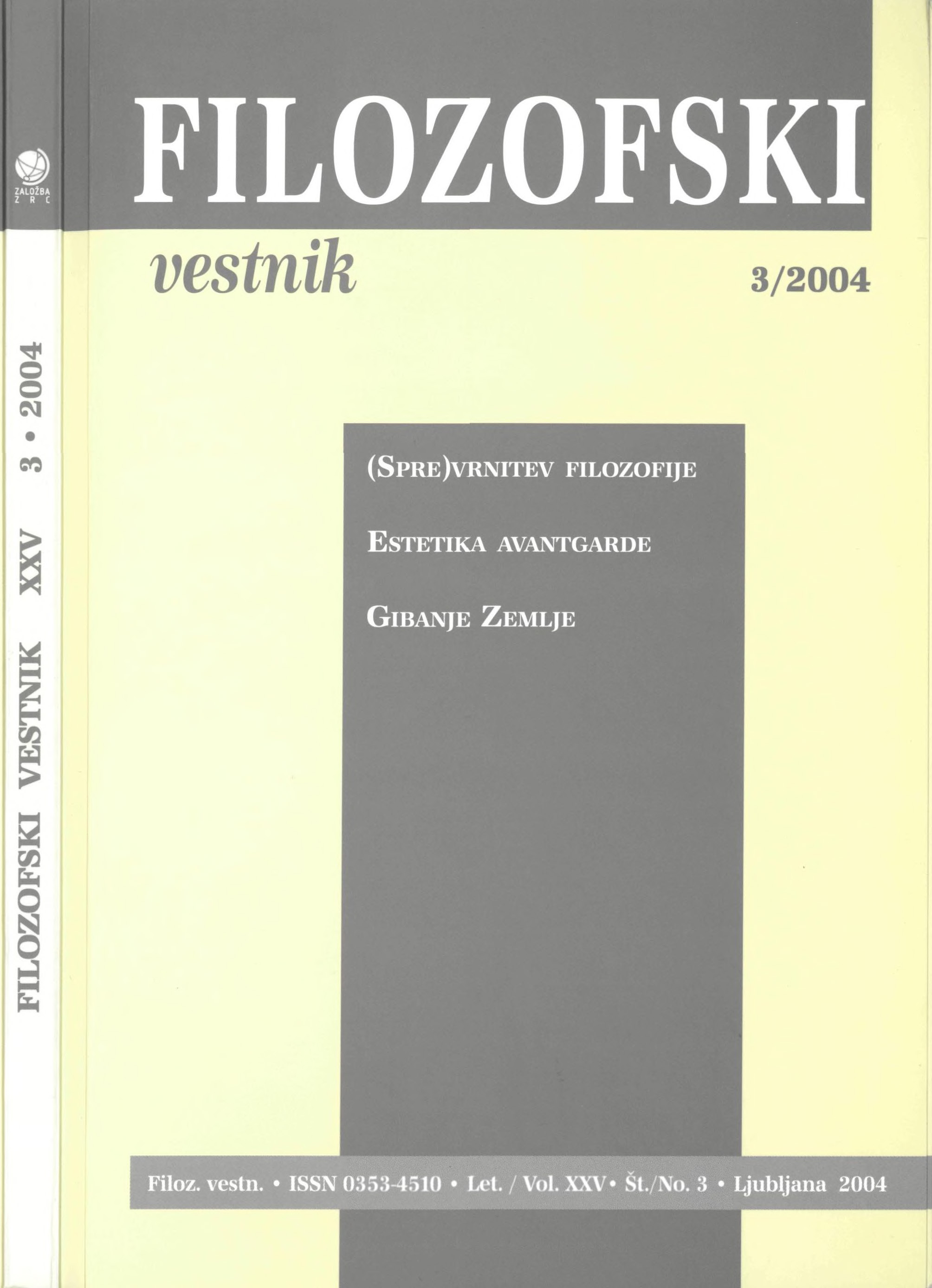Kopernikova retorika: opazovalni preizkusi proti gibanju Zemlje in teorija impetusa
Ključne besede:
Kopernik, retorika, Buridan, teorija impetusa, gibanje ZemljePovzetek
Kopernikovi argumenti v podporo gibanju Zemlje so bili velikokrat označeni za retorične. Ugotovitev, da je narava te argumentacije bolj retorična kot dokazovalna, podpira tudi Kopernikova formulacija enega od tradicionalnih opazovalnih preizkusov proti gibanju Zemlje. Argument navpično v zrak izstreljenih projektilov, ki bi morali v primeru rotacije Zemlje, zaostati za mestom, s katerega so bili izstreljeni, je za Buridana magis demonstrativa apparentia, ki ga prepriča, da Zemlja miruje. Ravno ta argument pa Kopernik poda v zelo šibki obliki. Po avtorjevem prepričanju je šibka formulacija tega argumenta proti gibanju Zemlje verjetno posledica dejstva, da Kopernik sprejema temeljne postavke klasične teorije impetusa, na podlagi katere je Buridan v omenjenem primeru izpeljal sklep, da Zemlja miruje. Ker se želi izogniti Buridanovemu sklepu, da Zemlja miruje, Kopernik argument formulira šibko.Prenosi
Podatki o prenosih še niso na voljo.
Prenosi
Objavljeno
2016-03-04
Kako citirati
Vesel, M. (2016). Kopernikova retorika: opazovalni preizkusi proti gibanju Zemlje in teorija impetusa. Filozofski Vestnik, 25(3). Pridobljeno od https://ojs.zrc-sazu.si/filozofski-vestnik/article/view/4325
Številka
Rubrike
Gibanje Zemlje
Licenca
Avtorji jamčijo, da je delo njihova avtorska stvaritev, da v njem niso kršene avtorske pravice tretjih oseb ali kake druge pravice. V primeru zahtevkov tretjih oseb se avtorji zavezujejo, da bodo varovali interese založnika ter da bodo povrnili morebitno škodo.
Podrobneje v rubriki: Prispevki





